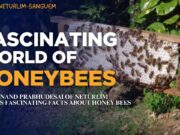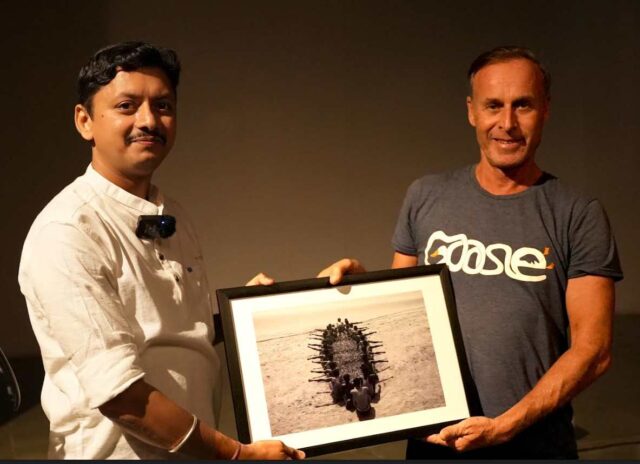A surge in the population and increased human habitation near Goa’s forested areas, as well as shifting climate change patterns, have altered life cycles and breeding patterns of the state’s flora and fauna, including birds and even amphibians like frogs, according to Prasanna Parab, a renowned avian photographer and author of the book ‘A Photographic Guide to the Forest Birds of Goa’ – a labour of love that took 15 years of research and documentation.
Parab, who was speaking at the MOG Sundays talk hosted by the Museum of Goa, Pilerne, also said that the population of invasive species like the feral pigeon, a common sight in Goa’s landscape, needed to be curbed because of the harm they cause wild avian species as well as humans.
“Honestly, most of the forest birds are seen less now. The forests are now being pushed away for development, which is also important. The surge in population leads people to cut down forests to build spaces to live,” Parab said, underscoring the linkage between the rise in population to the lack of visibility of forest birds.
“The constant shifts in weather patterns are really tough on birds and the whole ecosystem. Even frogs used to breed at specific times, but now it’s all shifting, probably because of sudden rains or the lack thereof. Just this year, we went two months without rain, and it changed everything,” he said, adding that every aspect of nature is intertwined and when rain does not occur at its designated time, it throws everything off balance.
“Changing weather patterns and erratic rainfall have fundamentally reshaped the dynamics of our forests. Moreover, the delayed onset of winter has posed a significant threat to the delicate balance within these ecosystems,” he added.
Speaking about the rise in the number of feral pigeons in Goa, Parab said “The pigeons are over-breeding and over-populating. They carry many diseases that harm forest birds. That’s why it’s important to not let them breed excessively. They also cause pulmonary diseases in humans”.
The arrival of migratory birds, which have habitually visited Goa over the years, is also impacted by deforestation and development, he explained.
“Specific birds in the forest exhibit a selective preference for caterpillars that are associated with particular trees. When these trees disappear, it disrupts their food chain and the absence of caterpillars impacts the migratory patterns of such birds,” he said.
Speaking about his book ‘Birds of Goa’, Parab said that it provides a detailed account of their breeding habits, significant plants and migration patterns of birds within the state, making it a valuable resource for future bird enthusiasts. “Over a decade, I meticulously designed maps in Photoshop and updated sighting records with colour-coded seasonal and migration data,” said Parab.
The book also contains comprehensive coverage of bird information, encompassing their calls, diets, habitats, behaviours and essential plants in the area, along with vernacular bird names and their transliteration in the English language.



















